Portable DAC with headphone Amp has become very popular nowadays, specially for people who wants to enjoy their music to the highest level of quality possible. iFi Audio sent their iFi Nano iDSD USB DAC with headphone amplifier for us to review. The iFi Nano iDSD is not a new product and it has been on the market for quite some time now. But it’s probably, one of the best (if not the best) DAC/AMP you can get for under $200 USD. Most DAC or DAC with AMP you see on the market can only support 24-bit/192kHz files, and some of them are even more expensive than the iFi Nano iDSD. But the Nano iDSD goes beyond 24-bit/192kHz. It can support all high-resolution formats, including PCM/DSD/DXD natively. Are you in the market looking for a DAC/AMP that supports not only PCM, but DSD and DXD formats as well? Please continue reading my iFi Nano iDSD review below, and find out if this is the audio gear you are looking for.
iFi Nano iDSD DAC with AMP Review
The iFi Nano iDSD is a USB DAC with headphone amplifier. It’s not the smallest nowadays, but it’s built with True Native technology from AMR. It natively supports 32bit/384kHz PCM, 11.2MHz DSD256 and 384KHz DXD formats. It’s compatible with any desktop or laptop computers, Android smartphones or tablet with OTG support, and even iPhones or iPads.
At the heart of the iFi Nano iDSD is a Burr Brown DAC chip that handles both PCM and DSD. Some DACs “supports” DSD format, but they convert it to PCM format in the process. That is not what the Nano iDSD does. PCM formats stay PCM and at the same time DSD remains DSD. Quality is basically not reduced or converted and is basically equal to the source. This makes this DAC very interesting because most DAC or DAC with AMP (on the same price range) don’t have this kind of feature.
The iFi Nano iDSD features an onboard lithium polymer battery which is said to last around 10 hours. I haven’t monitored its battery life since I was using the Nano iDSD with either my laptop or desktop PC. According to iFi Audio, the onboard battery offers two distinct advantages: “first, sonically-speaking, the iDSD is able to run on battery power for excellent sonics over generic noisy mains. Second, the iDSD via its powerful 80mW headphone amplifier offers high-end, portable audio enjoyment.” Also when you connect the iDSD to a computer or laptop, it automatically recharges its battery. But it switches to battery mode when you connect the iDSD to a mobile device like smartphone or tablet.
The iFi Nano iDSD also features clock crystals from AMR. These clock crystals basically reduce overall digital noise and removes jitters as well. It also features AMR’s Zero Jitter Lite technology from the famous AMR DP-777 which has Asynchronous as the starting, and not finishing point.
I’ll discuss more of its features as we take a closer look on the Nano iDSD below.
iFi Nano iDSD Specifications
| Power Source | Battery/USB Bus power DAC/Amp always run on battery |
| Battery Life | ~ 10 Hours playback (depends on sample rate and volume setting) |
| Formats | 44.1/48/88.2/96/176.4/192/384KHz PCM 2.8/3.1/5.6/6.2/11.2/12.4MHz DSD 353/384KHz DXD Bit-Perfect DSD & DXD DAC by Burr Brown (1-DAC Chip; 2-Channel; 4-Signals) |
| Filter | PCM: Standard/Minimum Phase digital (selectable) DSD: Standard/Extended Range analogue (selectable) DXD: Bit-Perfect Processing, analogue filter (fixed) |
| Input | USB 2.0 compatible with iPhone,iPod, iPad and Android Devices USB-OTG |
| Output | SPDIF RCA (only PCM up to 192KHz) Audio RCA 3.5mm Headphone |
| Dynamic Range | >104dB |
| THD &N (35mW) | < 0.005% |
| THD &N (Line) | < 0.005% |
| Output Power (16R) | > 130mW |
| Output Voltage | >1.65V (>100Ω) |
| Output Impedance:(Zout) | <1Ω |
| Power Consumption | < 3W (charging battery and playback together) |
| Dimensions | 87mm x 68mm x 28mm (L x W x H) |
| Weight | 162g(0.43lbs) |
Packaging and Closer Look
The iFi Nano iDSD comes in a rectangular white box. Most of the features and specifications can be read from the back of the box. Slide out the inner box to gain access to the main packaging.
Opening the main box inside will immediately reveal the Nano iDSD. It looks so clean and really nice, not to mention the body is really solid as well. Underneath the upper compartment is where the accessories are hidden. Inside the box you also get a USB cable, two rubber bands, and RCA cable, four rubber feets, a black pouch, and I’m not quite sure what’s the white rubber pad for.
In front of the iFi Nano iDSD are the right and left output RCA connectors, standard 3.5mm headphone out and a nice volume knob. You will hear and feel a click when you turn on or off the iDSD. On the rear side is where the digital filter switch, USB digital input and digital Coax output are located. iFi recommends that you switch to Minimum Phase for listening and switch to standard phase for measurements. If you plan to use the iDSD with your mobile device(s), you will need a camera connection kit (for Apple devices) or a micro USB to USB OTG cable (for Android devices) and a USB Type A Female to USB Type B Male Adapter which are not included in the package.
Here we have photos of the Nano iDSD in different angles. Its body is made on aluminium, measures 87mm x 68mm x 28mm and weighs 162 grams. The shape is actually unique in its own way. Most portable DAC/AMPs in the market have a plain rectangular shape that doesn’t have any curves.
Do you see that tiny white dot located on the bottom left of the iFi logo (aligned to the coax out)? That’s actually an LED indicator and it changes from one color to another depending on the status or format being processed. Below are the corresponding meaning:
Green – 44/48kHz
Yellow – 88/96kHz
Cyan – 176/192kHz
White – DXD352/384kHz
Blue – DSD2.8/3.1MHz
Magenta – DSD5.6/6.2/11.2/12.2MHz
Greed (Flashing) – awaiting USB connection
Red – Battery Low
None (Off) – Battery Empty
Blue (when turned off) – Charging
Testing and Sound Quality
Using the iFi Nano iDSD is very easy. Mac OSX (10.6 or later) has a built-in native support but if you are using Windows, you will have to download and install its driver software from http://ifi-audio.com/portfolio-view/nano-idsd/ before you can use it. Once you have installed the appropriate drives, turn on first the iDSD before connecting to a USB port on your PC.
(For Windows) On your Sound settings in the Control Panel, you should be able to see the iFi device. Select it and set it as default if it’s not the default device. You can set the default format by selecting the iFi’s Properties then Advanced tab. I always use the highest 32bit 192 kHz format, since it gives the best possible sound quality.
In testing the iFi Nano iDSD, I’m using my computer as my source, and Foobar as my player. Most of the audio files I have are in FLAC format. I also used the following headphones and IEMs while testing the Nano iDSD: Heir Audio 3.Ai S with Linum Music cable, Ultimate Ears 900s with Linum BaX cable, German Maestro GMP 435 S, B&w P7, and V Moda XS. Most of my currently collection have low impedance so I cannot comment as of the moment as to how well can the iDSD drive higher headphones with higher impedance.
I have been using the Nano iDSD for around 3 months now, and it’s really a nice well-rounded device. Generally the sound that it produces is very clean and full of energy. I wasn’t able to fully explore its DSD and DXD capabilities since I’m not a fan of DSD formats. I only have very few tracks in DSD format and they definitely sound better using the iDSD vs when I am using other DACs like the Arcam rPAC or the Encore mDAC.
I love listening to classical music and acoustics. My experience was simply great, every instrument and every detail of the music was there. I also love rock and heavy metal and definitely the Nano iDSD didn’t back down to whatever genre I throw at it. I find myself listening to soothing music from Billy Joel, Eric Clampton, to the loud and electrifying music of Metallica.
While not playing any music, hiss can only be observed when the volume is at maximum or near maximum. But there is one thing I noticed about hissing. When I used my Heir Audio 3.Ai S with its stock cable, the hissing sound can be observed specially in the first few seconds (or first minute) of the music, the part where the music slowly gains its volume. I noticed this when I was listening to Billy Joel’s Your Always a Woman to Me, Queen’s Bohemian Rhapsody, and even Hans Zimmer’s Drink Up Me Hearties. And I’m sure there are more music with the same scenario. When I replaced the stock cable and used Linum’s Music cable, the hissing sound significantly lessened or became unnoticeable already.
I know that the Linum Music is a better sounding cable than the stock ones (and there are even more better sounding than Linum’s cables), but my point is if ever you experience any hissing with your IEM, it might NOT be the fault of the iFi Nano iDSD anymore. I’m not an expert when it comes to cabling and electrical stuff but, upgrading to a better sounding cable may eliminate unwanted noise and may further improve sound quality, as well as listening experience.
Now when listening to 24bit/96kHz files using the Encore mDAC, JDS Labs O2+ODAC and Arcam rPAC, and compare that sound quality with the Nano iDSD, it was a little bit difficult for me to tell which is better since these are all great DAC and performs somewhat on par. But I am leaning towards the Nano iDSD since it offers more. However you must take my observations with a grain of salt since we don’t have similar ears. Some of you might have more sensitive ears and could easily detect any slight changes. I guess one advantage of the iFi Nanon iDSD (and not the only advantage) is that it natively supports higher resolution format, DSD and DXD.
Price and Availability
The iFi Nano iDSD currently has a retail price of only $189 USD and can be purchased from Avatar Acoustics via Amazon.com in the US. For UK readers, it’s available on Amazon.co.uk for £164.99 here.
iFi Nano iDSD Review: Conclusion
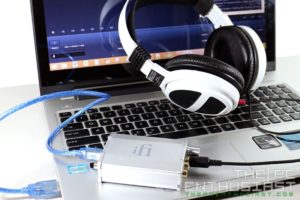
First of all, I like how the iDS’s aesthetics and built quality. It’s very solid and sturdy, and it’s not as bulky compared to other DACs. I also like the fact that it has an onboard battery that can safely be used with compatible smartphones or tablets. It doesn’t need any external power source and can purely be powered via USB when connected to a computer. There are some DAC/AMPs, like the O2+ODAC, that require an external power source. It also has several output options and not to mention the tiny LED indicator. And last but not the least feature, is that the Nano iDSD is very flexible when it comes to natively supporting audio formats.
I guess the only thing that I didn’t like about the iDSD is driver issues when you use it with Windows. It’s not driver-less, and you need to download and install the appropriate driver/firmware. When I first used the iDSD, it puzzled me why I can’t make it work with my desktop PC, but it was totally running fine with my laptop. I experimented with the different versions of firmware available from iFi-Audio’s site and finally found the right one that worked.
To sum it all up, I’m impressed with the performance and sound quality of the iDSD. I don’t have much DSD files but at least I already have a DAC/AMP that can natively support it. In some way, it’s like future-proofing already. I know there are better sounding DAC or DAC with amplifier out there, like the Chord Hugo, but that’s already priced way way higher. And for a sub $200 DAC/AMP I really can’t complain at all considering that it offers more features compared to other devices in the market in the same price range. Not only that I can highly recommend the iFi Nano iDSD USB DAC with headphone Amp to enhance or level up your audio experience, but I also give it an Editor’s Choice award.


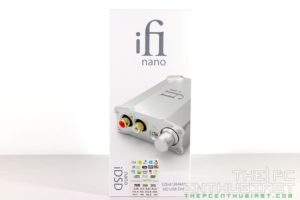
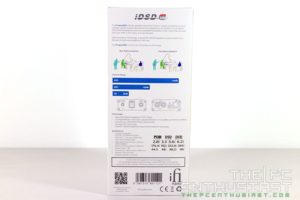
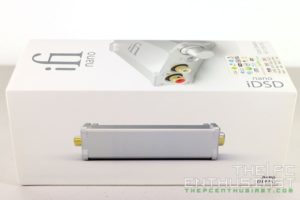
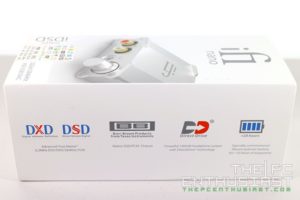

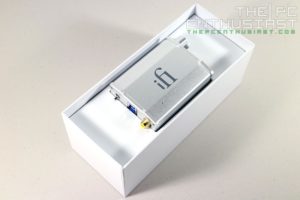

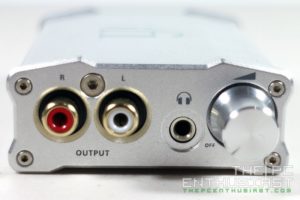
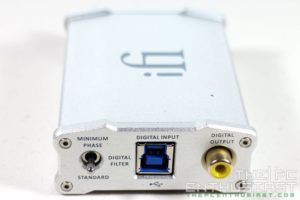
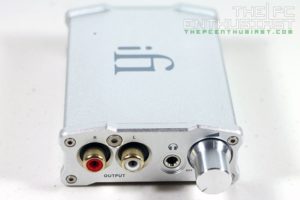
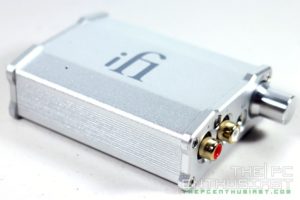
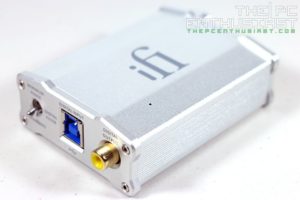
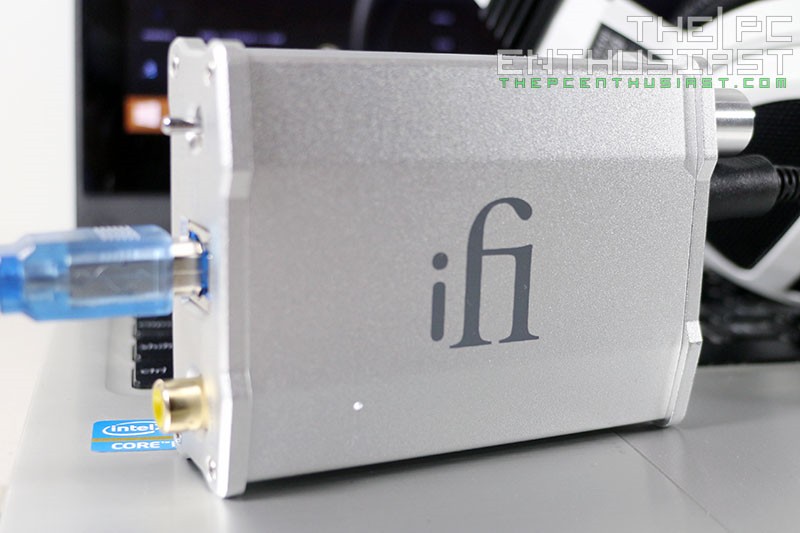
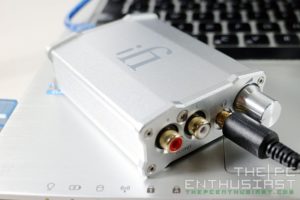
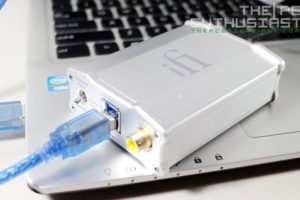
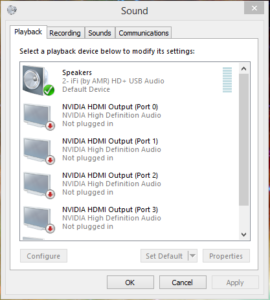
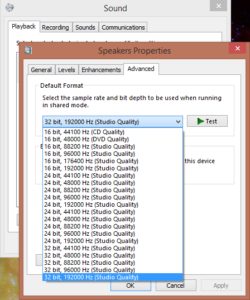
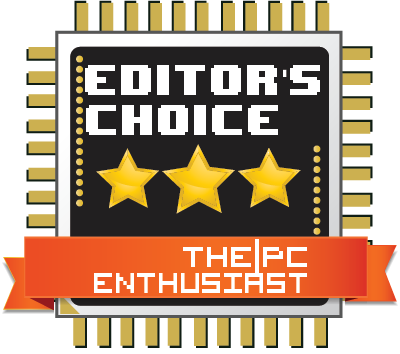
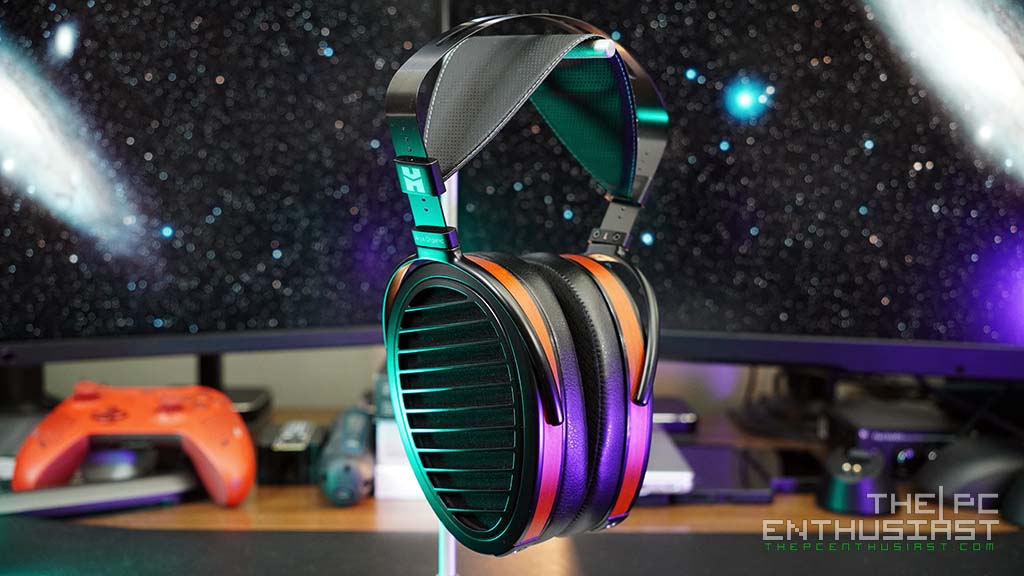
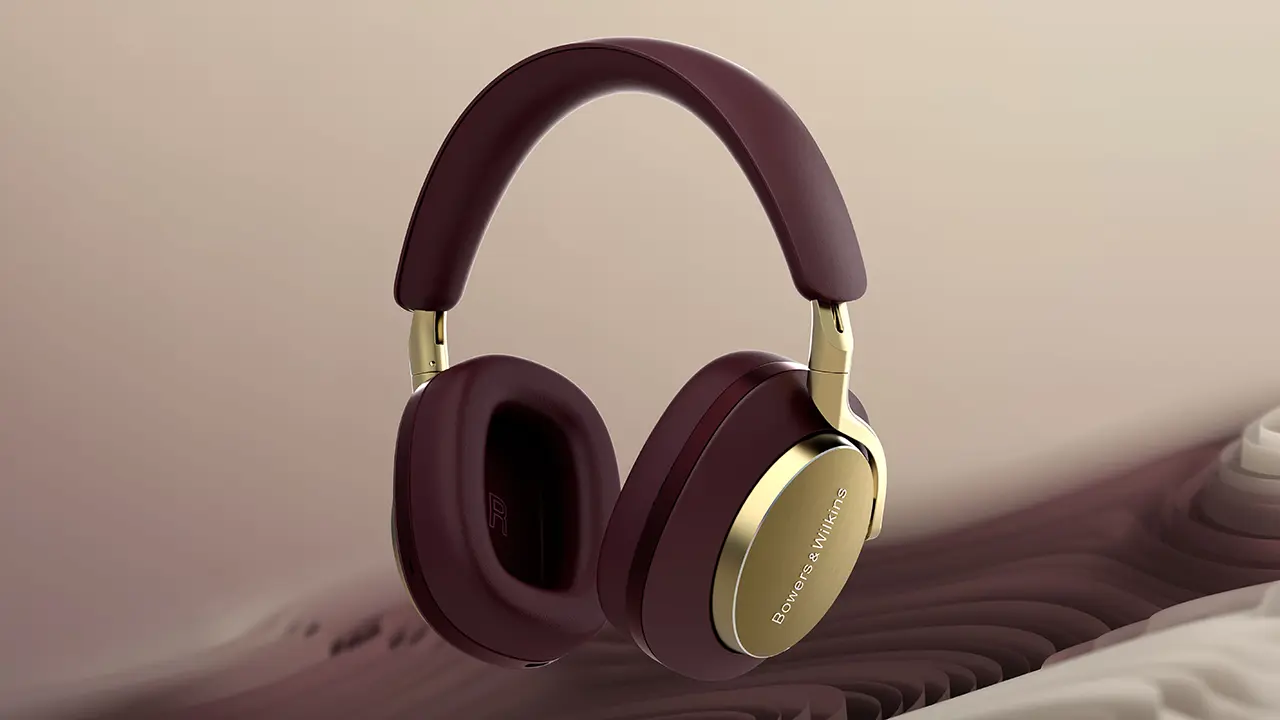
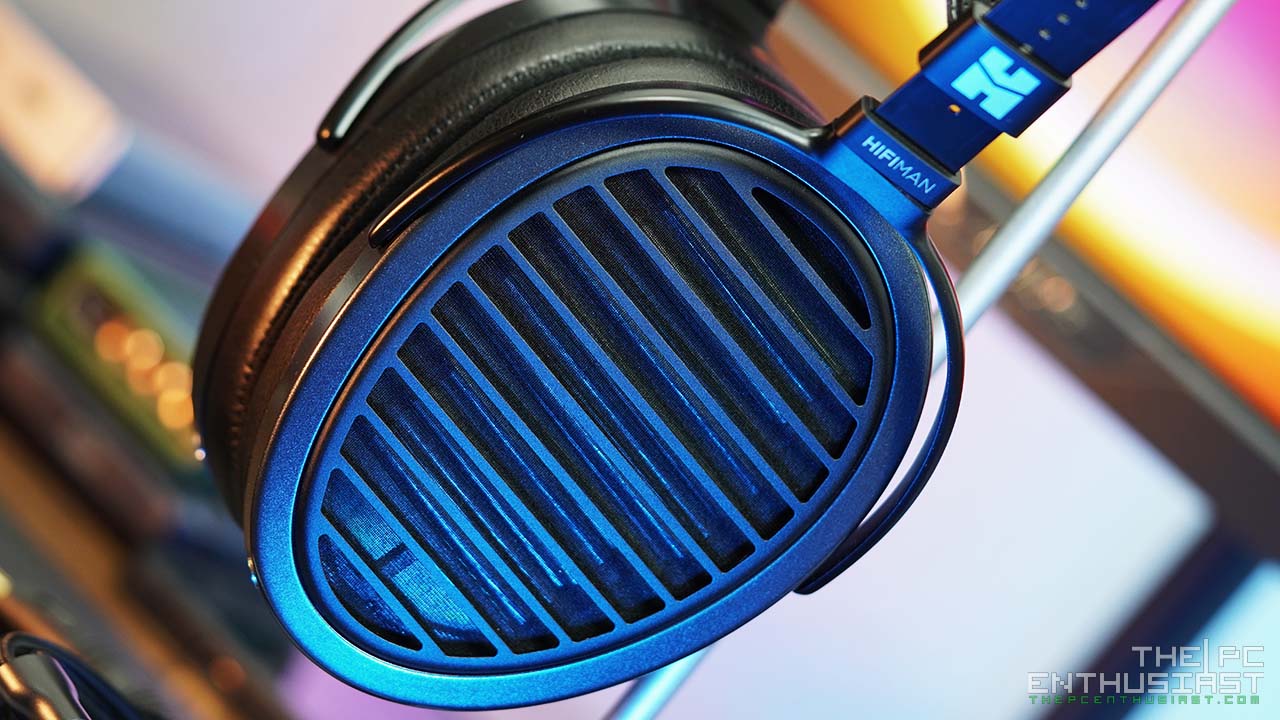
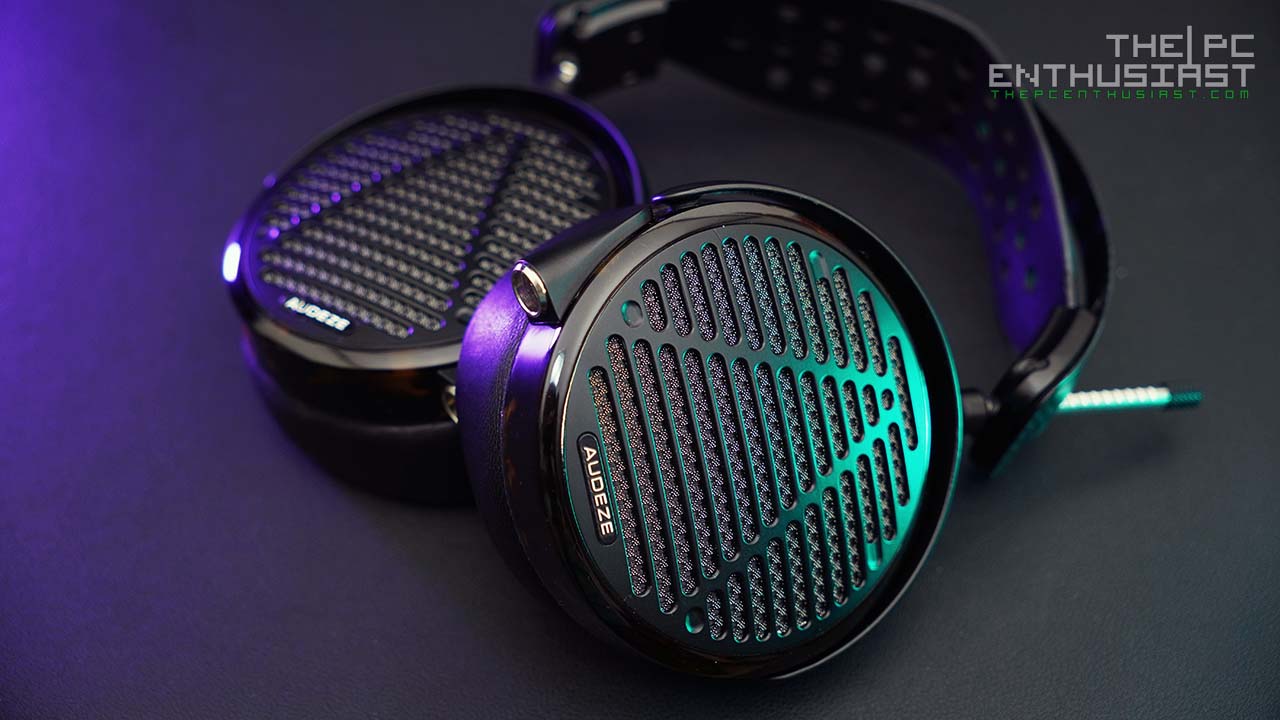
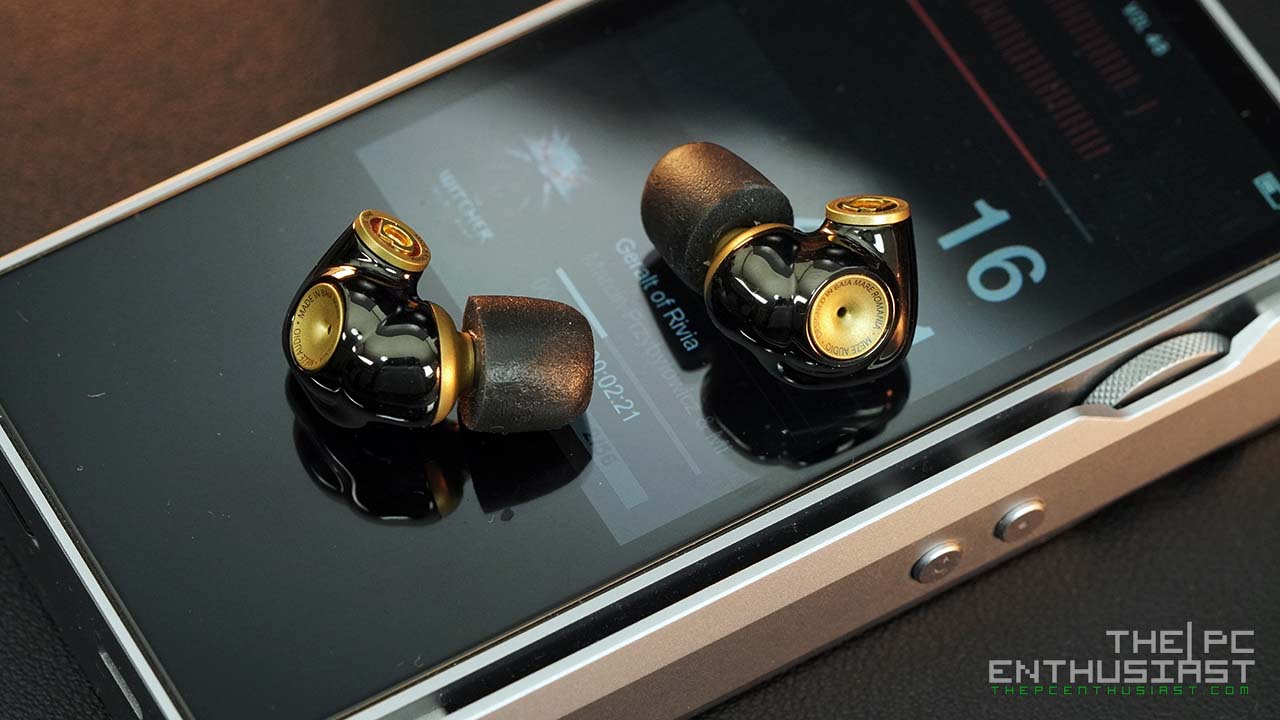
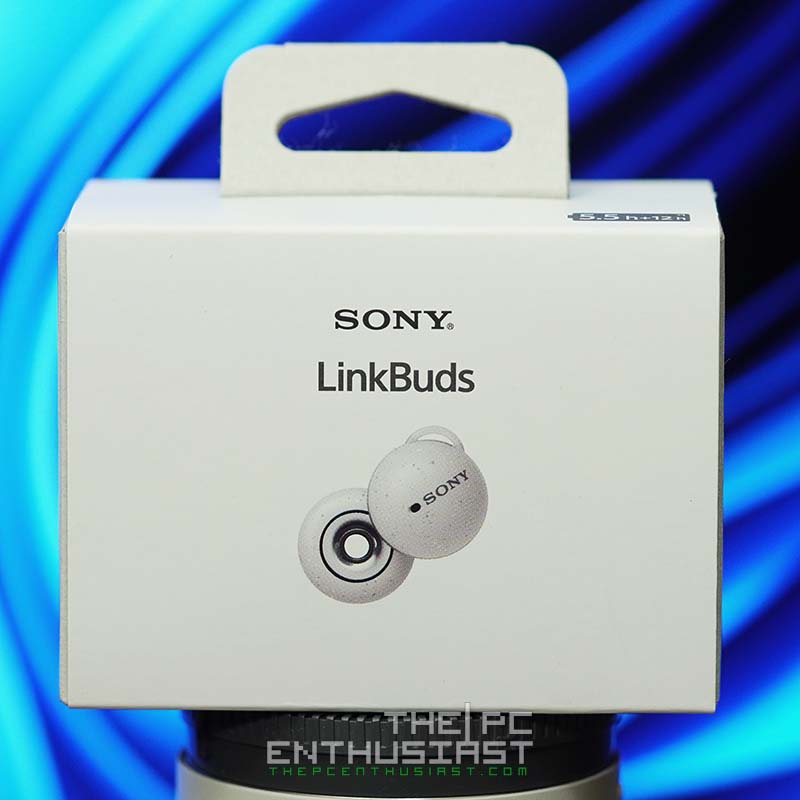

Hi!
Now I have the e10k and I’m thinking of changing DAC. I am between the ODAC (RCA) and the IFI nano IDSD.
Could you compare a little (just as DAC) and the nano IDSD and the ODAC?
I am very very confused 🙁
MANY thanks!
Hi @Matamoscas, I don’t have an ODAC with me anymore. But as far as I can remember, the ODAC sounded a little bit neutral or straight forward, while the IDSD is leaning towards the warmish side. Last ODAC I tried was from JDS Labs, the ODAC+O2. You also have to consider their connectivity options and other features. I don’t think the ODAC has support for DSD (only PCM), whereas the Nano supports both PCM and DSD. Both are actually good DACs. But personally I would go for the Nano IDSD. And if you can still stretch your budget, you might want to consider the Micro IDSD as well. Good luck! 🙂